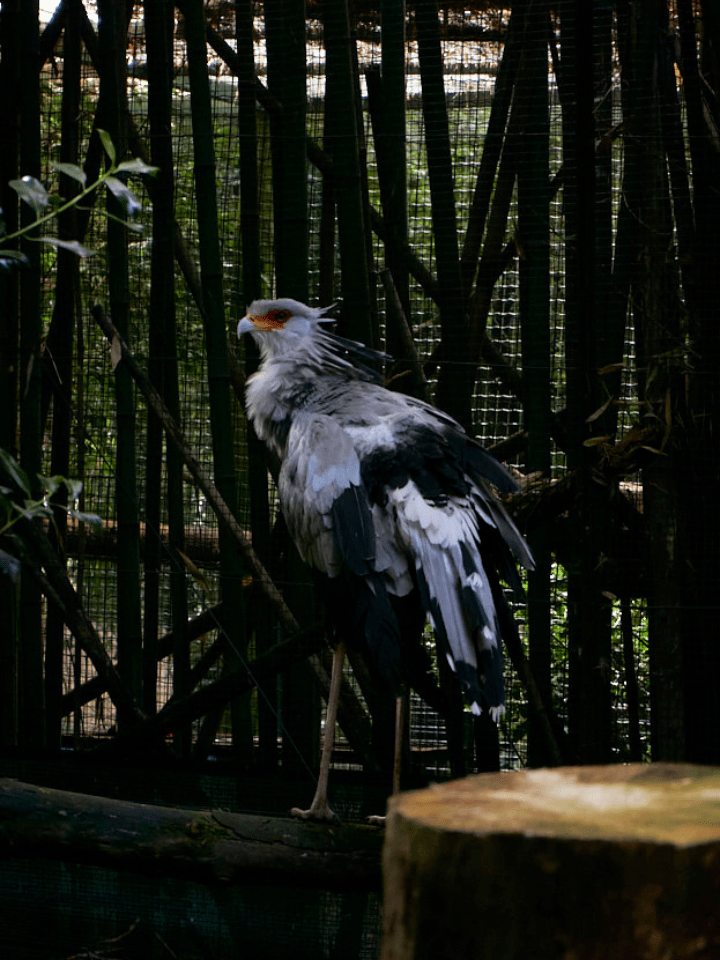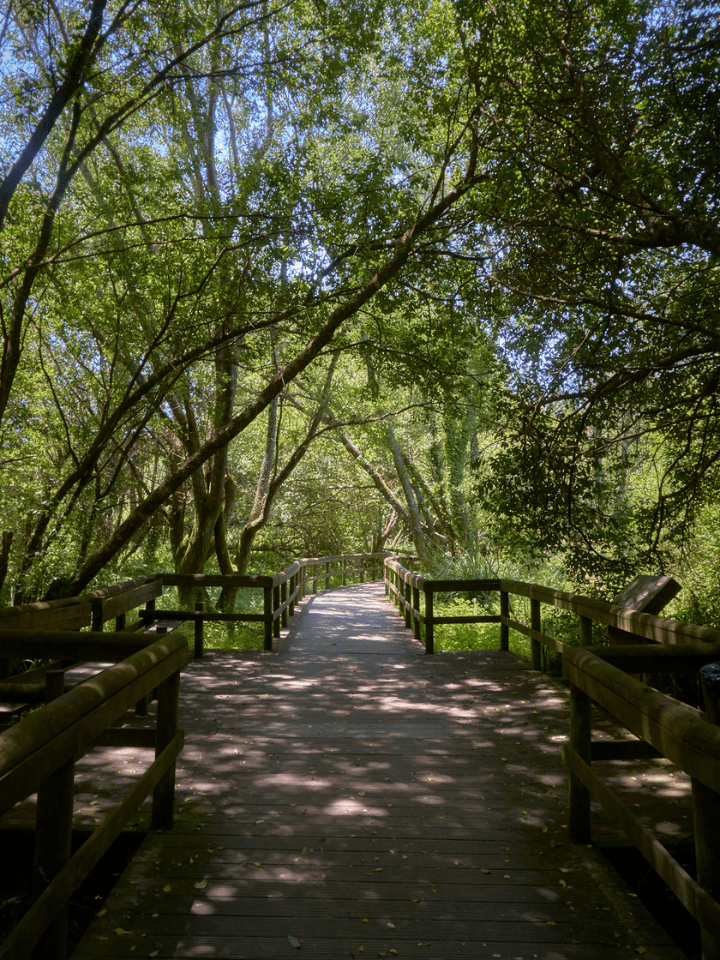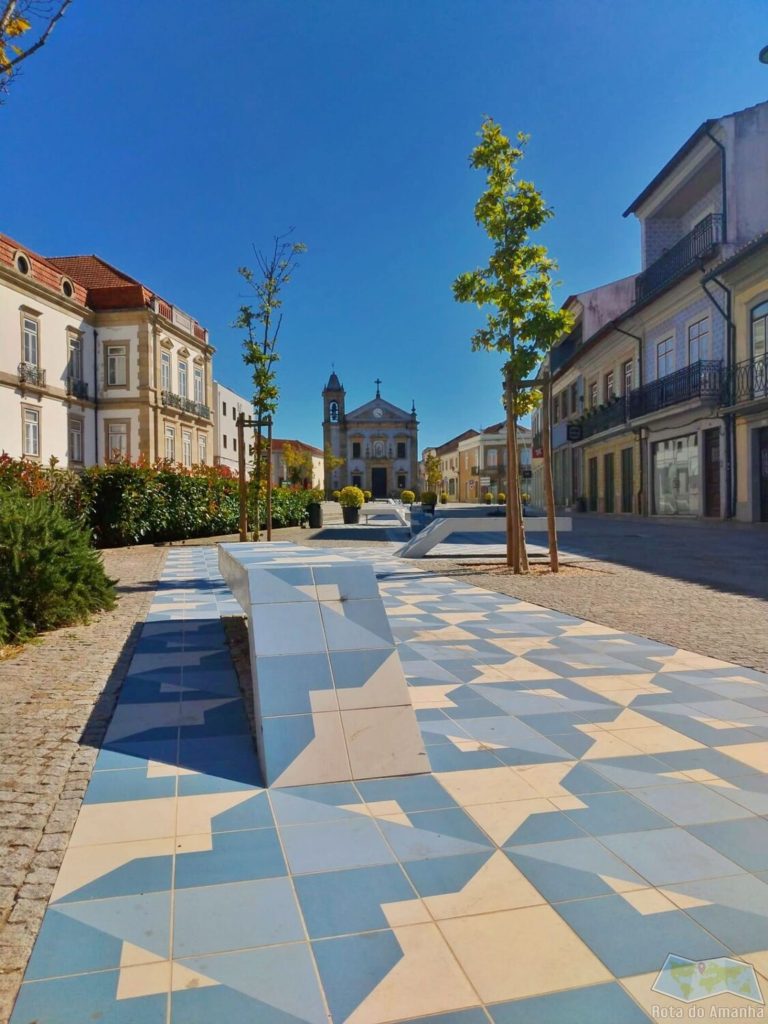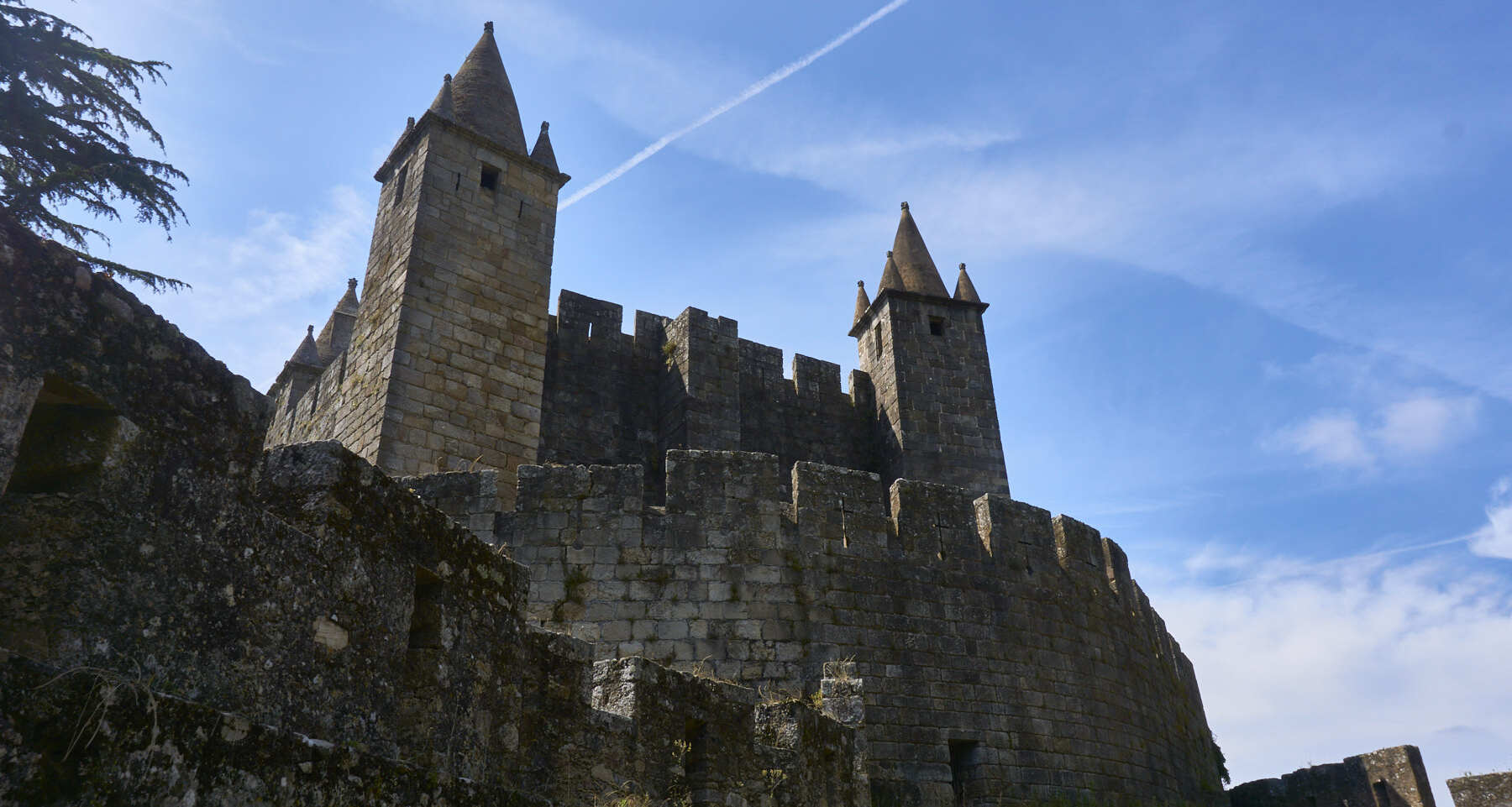
The Santa Maria da Feira Castle, or Feira Castle, is a castle whose original structure is around 1000 years old, dating back to the 10th century, even before Portugal was an independent country. Despite its age, its state of preservation is very good, making it one of the best castles to visit in the region.
During its long life of activity, it played different roles, with its military function standing out. At the same time, it was home to royal families and nobility, a role that marked it in history due to its relationship with Pêro Gonçalves de Marnel, the castle's mayor. It was within these walls that voices were raised in favor of King Afonso to make Portugal an independent country, culminating in the São Mamede Battle.
Over the years, many other historical events have somehow been related to this monument, so we recommend that you consult the Castle's own website, where the history is described in more detail (here).
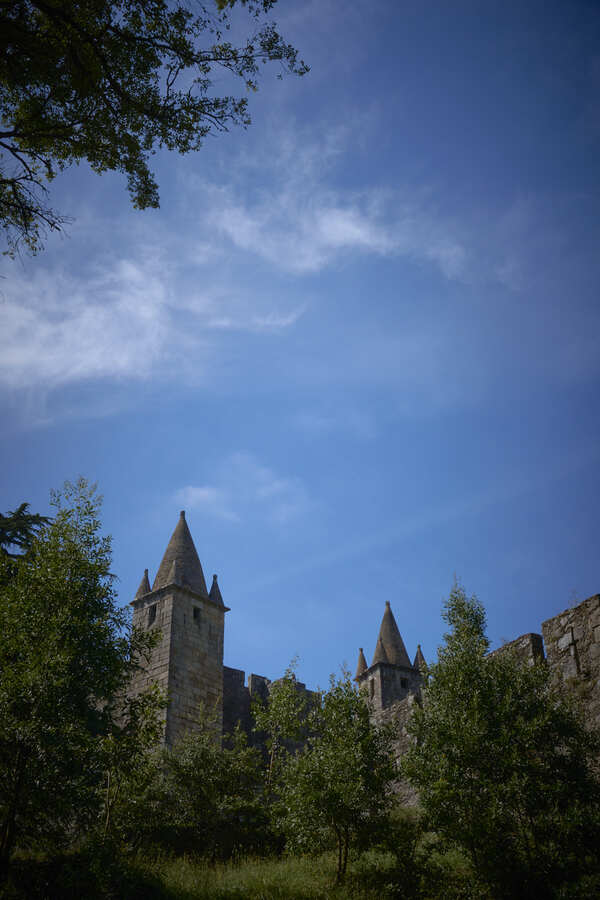
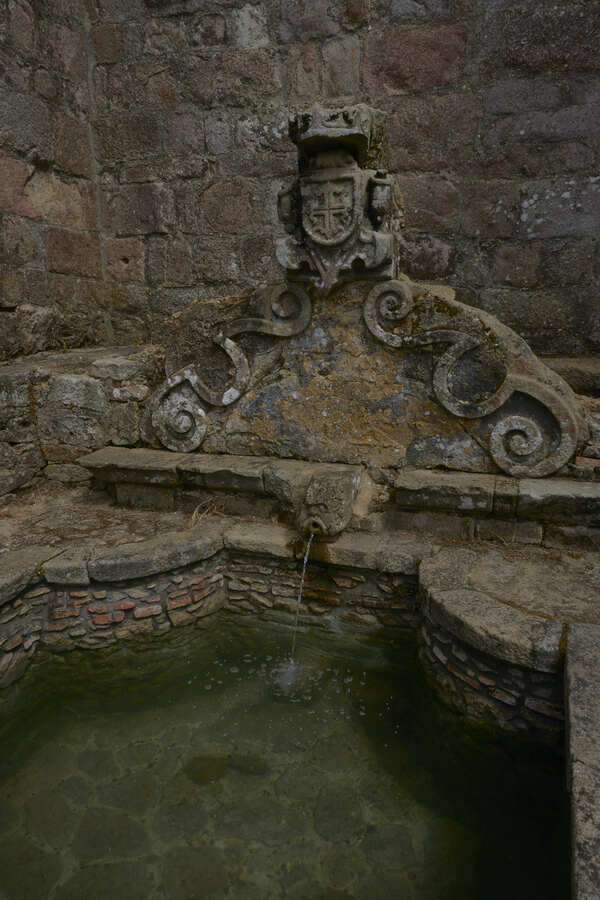
Like any castle of its age, Feira Castle has undergone structural changes over the years. It served as a defense element for centuries and consequently suffered the normal consequences of its function and of time. In the 15th century it was restored, finally taking on the structure it still has today, despite having undergone the normal adaptations of the evolution of weaponry.
Currently, the Castle can be visited any day of the week, except Monday, from 10am to 6pm (from April to September) or from 9.30am to 5pm (from October to March), with a 1-hour lunch break. The ticket is purchased in the chapel, next to the entrance to the castle and costs €3 / adult (in 2022, at the time of our visit).
The visit begins in this small hexagonal chapel, the Chapel of Our Lady of the Incarnation, built in 1656. Although small, it has an imposing altar that is well worth a visit.
After visiting the chapel, it's time to visit the castle. To do this, you have to pass through the Porta da Vila, which leads directly to the Praça de armas, a large square that leads to the keep. The second floor of this large tower is the original structure of the building.
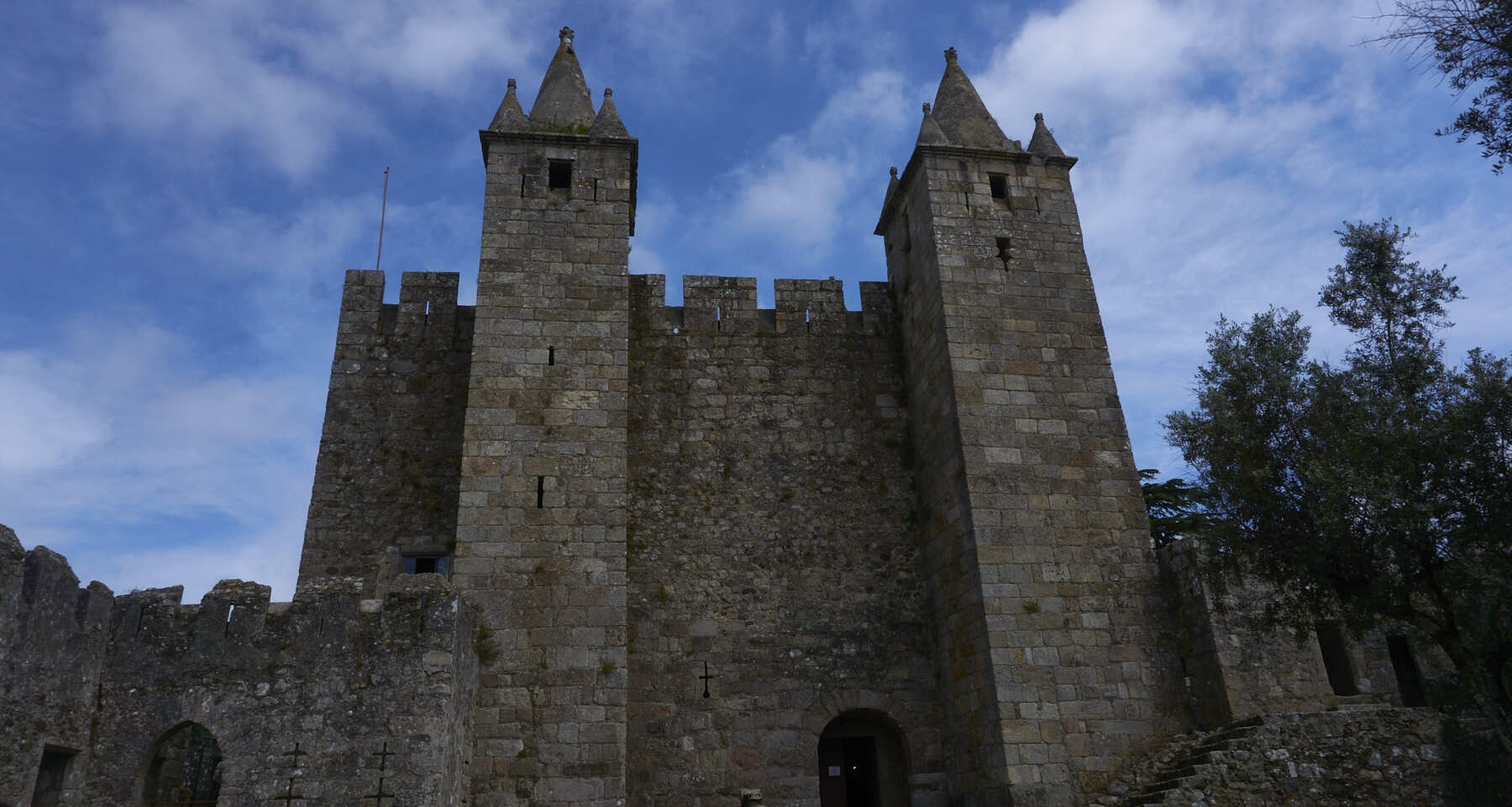
Currently consisting of two floors, this part of the castle has been converted to a more residential character, with several rooms where you can still see the purpose for which they were used. Of particular note is the old noble hall, with its chimneys and tribune for musicians to perform during ceremonies.
From here, you can follow various paths that lead to different parts of the castle. One of our favorite parts is the tenaille, built on the south side of the castle to protect the keep. You can get a good view of this part of the castle from the eirado, the top of the keep, which can be reached via stairs.
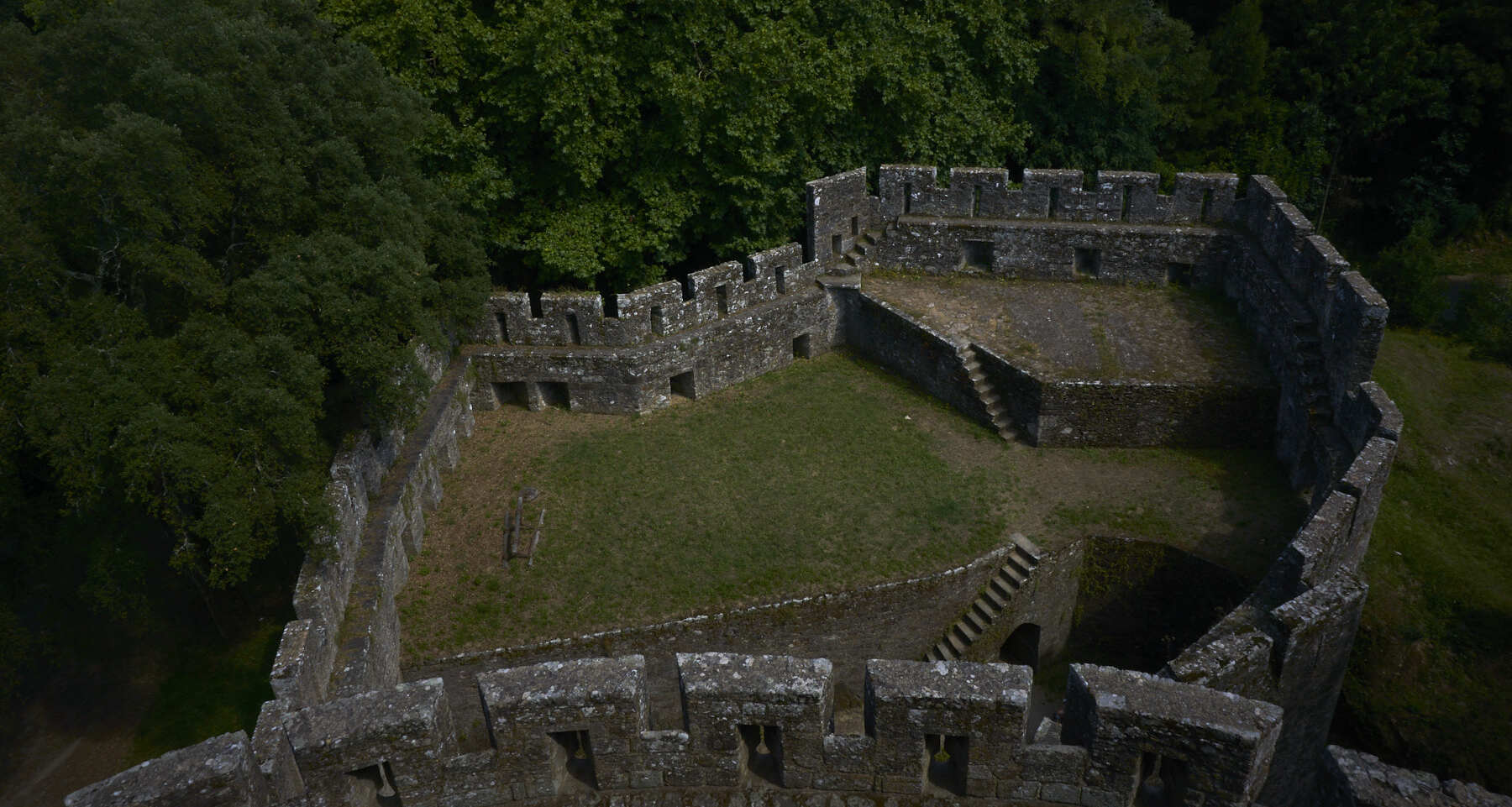
In addition, the dungeons are an interesting and not always accessible point in this type of castle. Bear in mind that there are several places where you have to go up and down stairs, such as the visit to the dungeons and the visit to the roof terrace. At the same time, the terrain inside the castle is not always level, so you may need to take extra care.
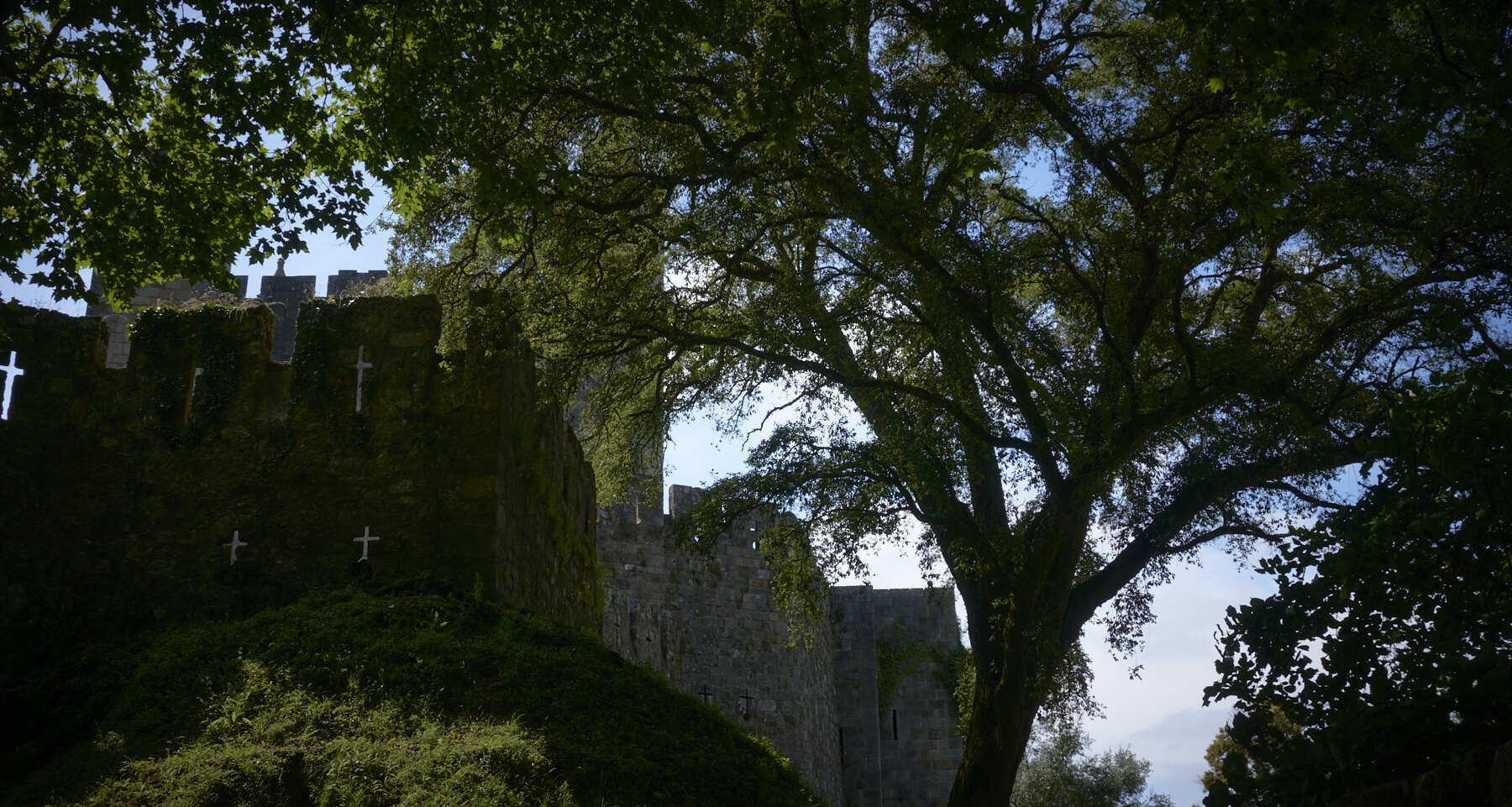
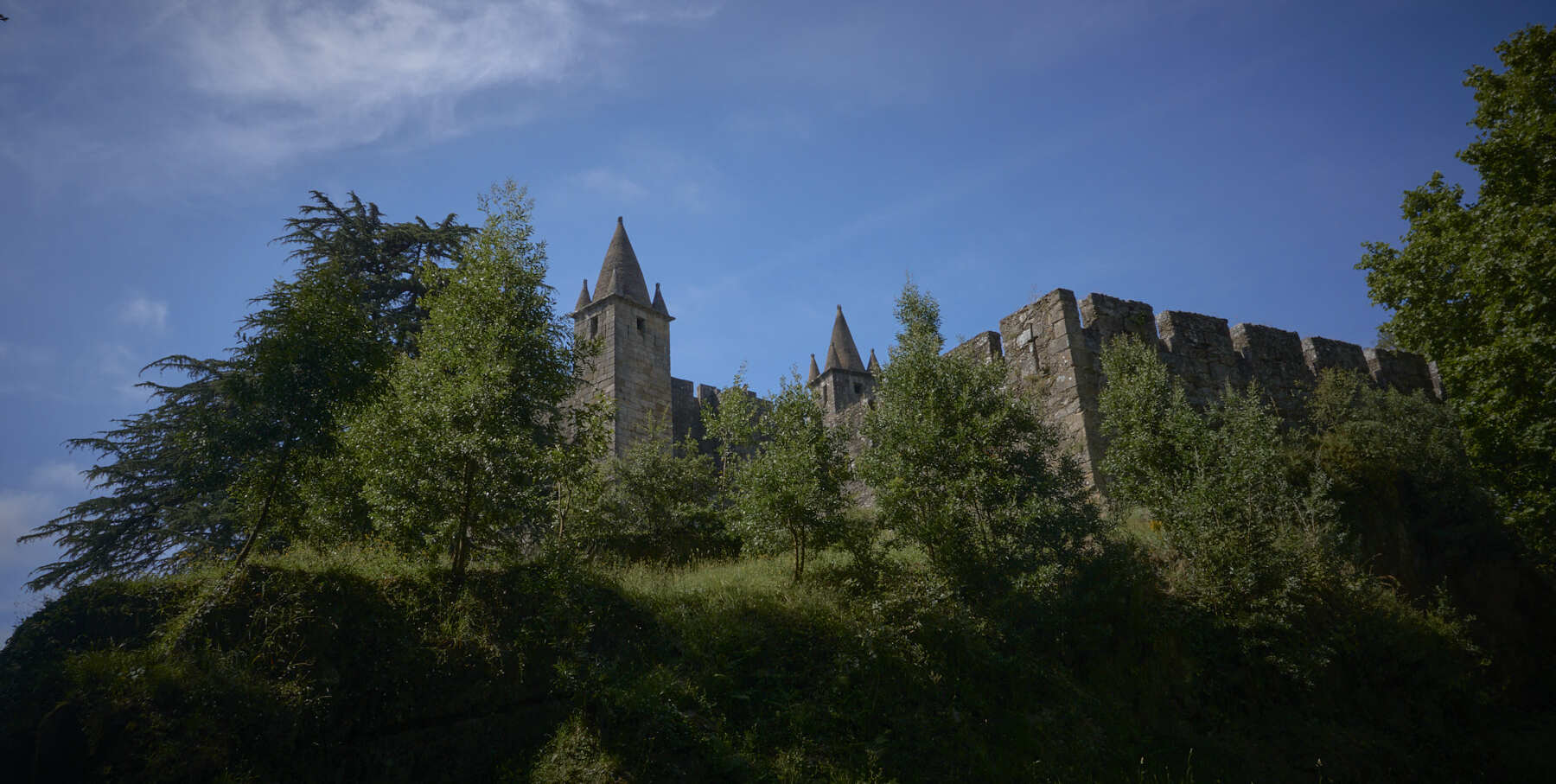
Leaving the castle wall, and walking around it, there is an imposing gate that leads to the Castle Gardens. Another possible way in is via the access ramp to the castle.
The Gardens are free to enter. This green space is an incredible place to take a walk or enjoy a peaceful environment.
Composed of centuries-old trees and others that are not very common in the region, such as the Japanese maple, the centerpiece of this park is the lake and the two-storey artificial grotto. In front of it stands a magnificent bridge that looks like it's made of tree branches.
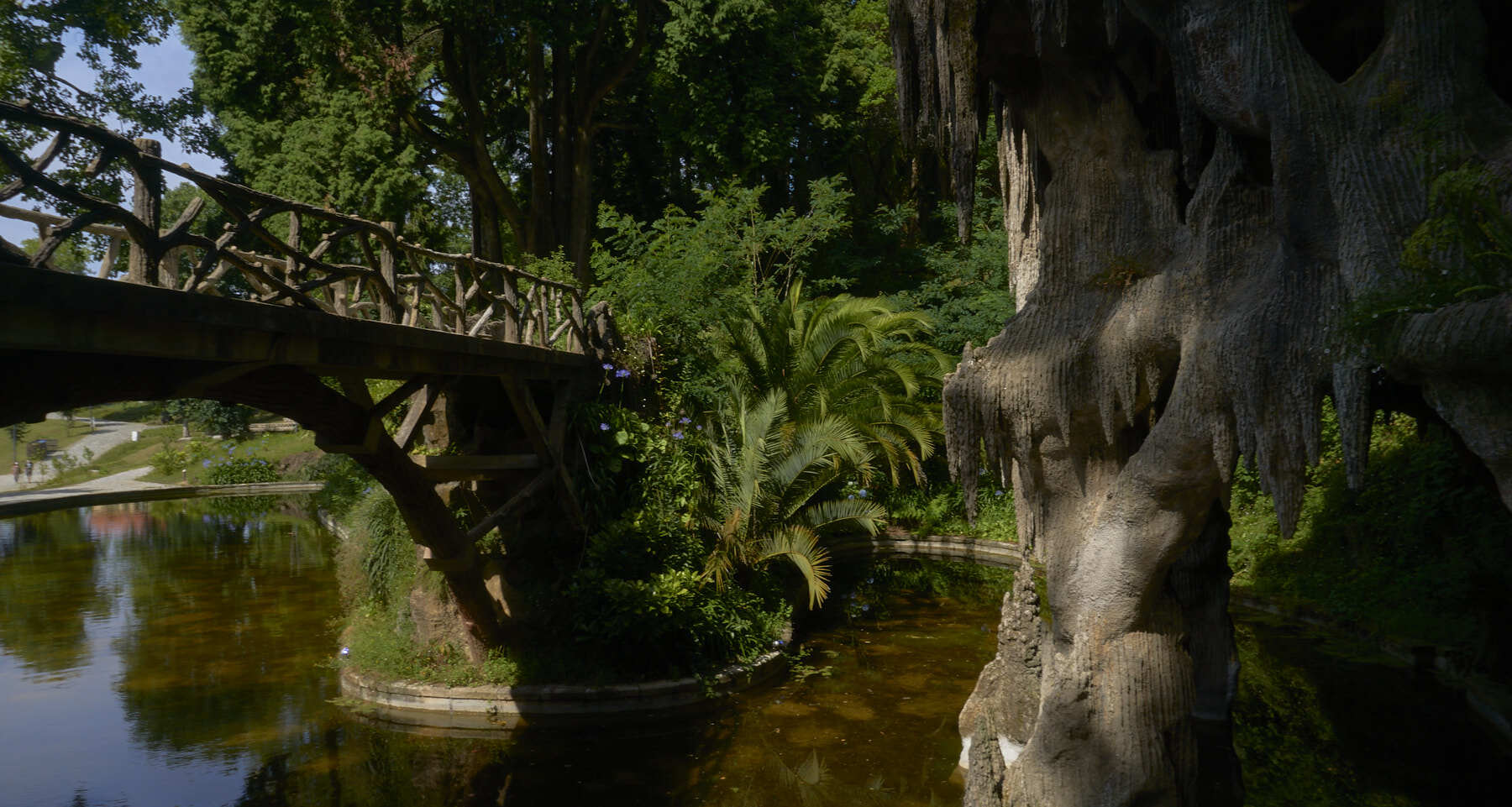
Visiting the Castle of Santa Maria da Feira and its Gardens is almost obligatory for anyone who comes to visit the region. In addition, we recommend that you visit during the Medieval Journey in Santa Maria Land, which takes place every year in the first two weeks of August and takes place around the castle, where there are recreations of the life that existed there in the year that gives rise to the Medieval Journey. The Castle Gardens are, in turn, converted into a paid activity called Banhos de S. Jorge.
more to see
